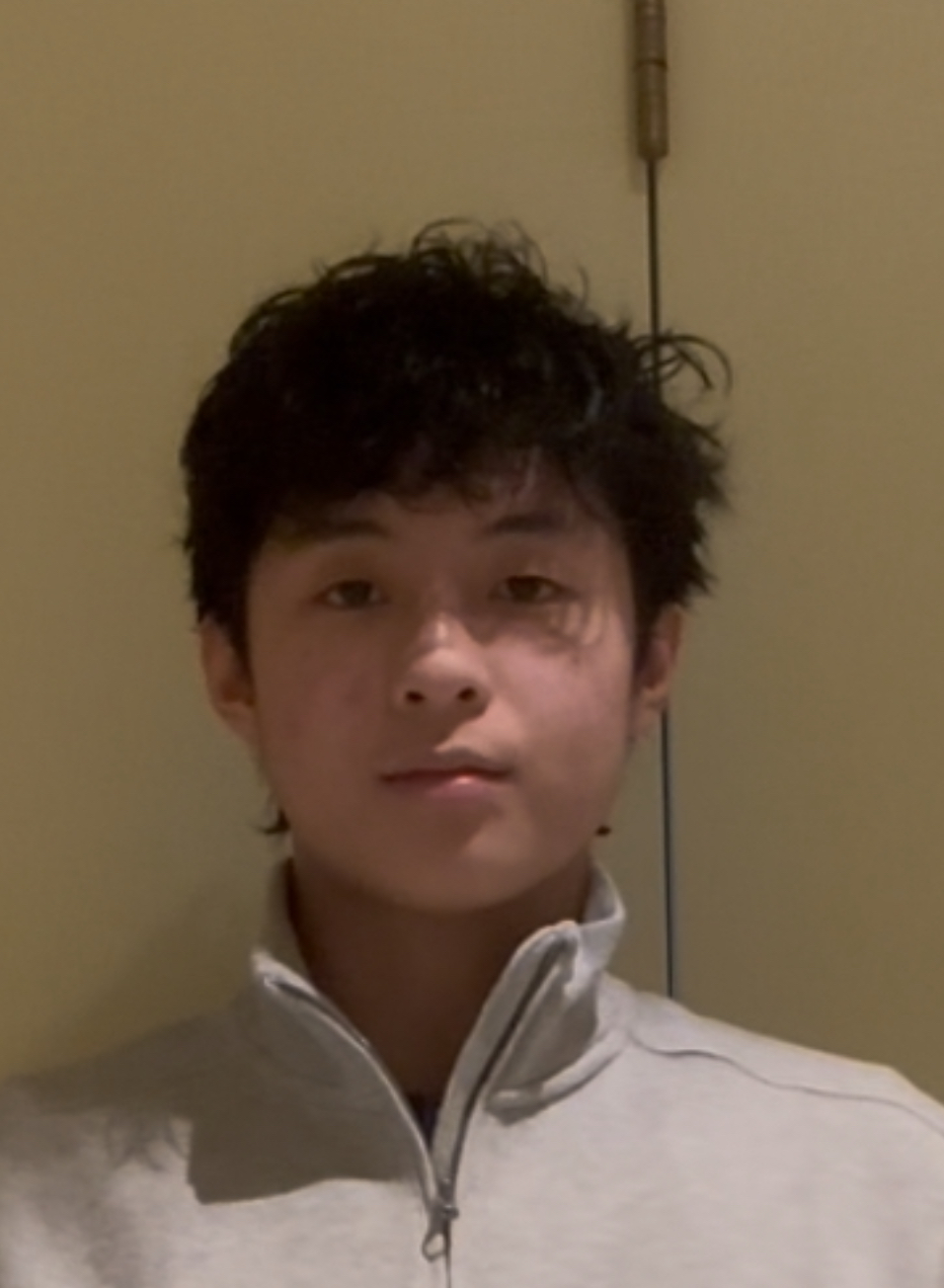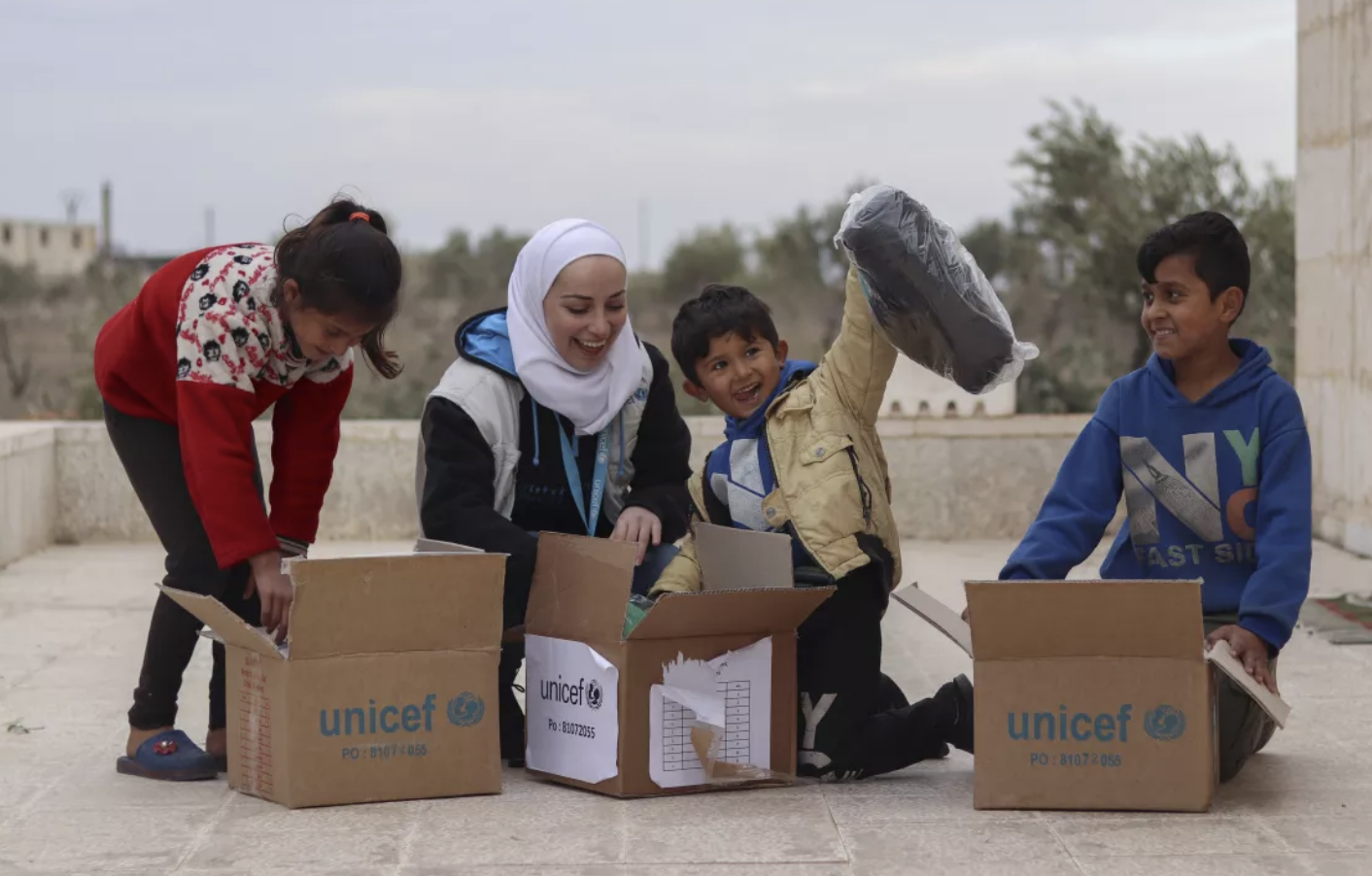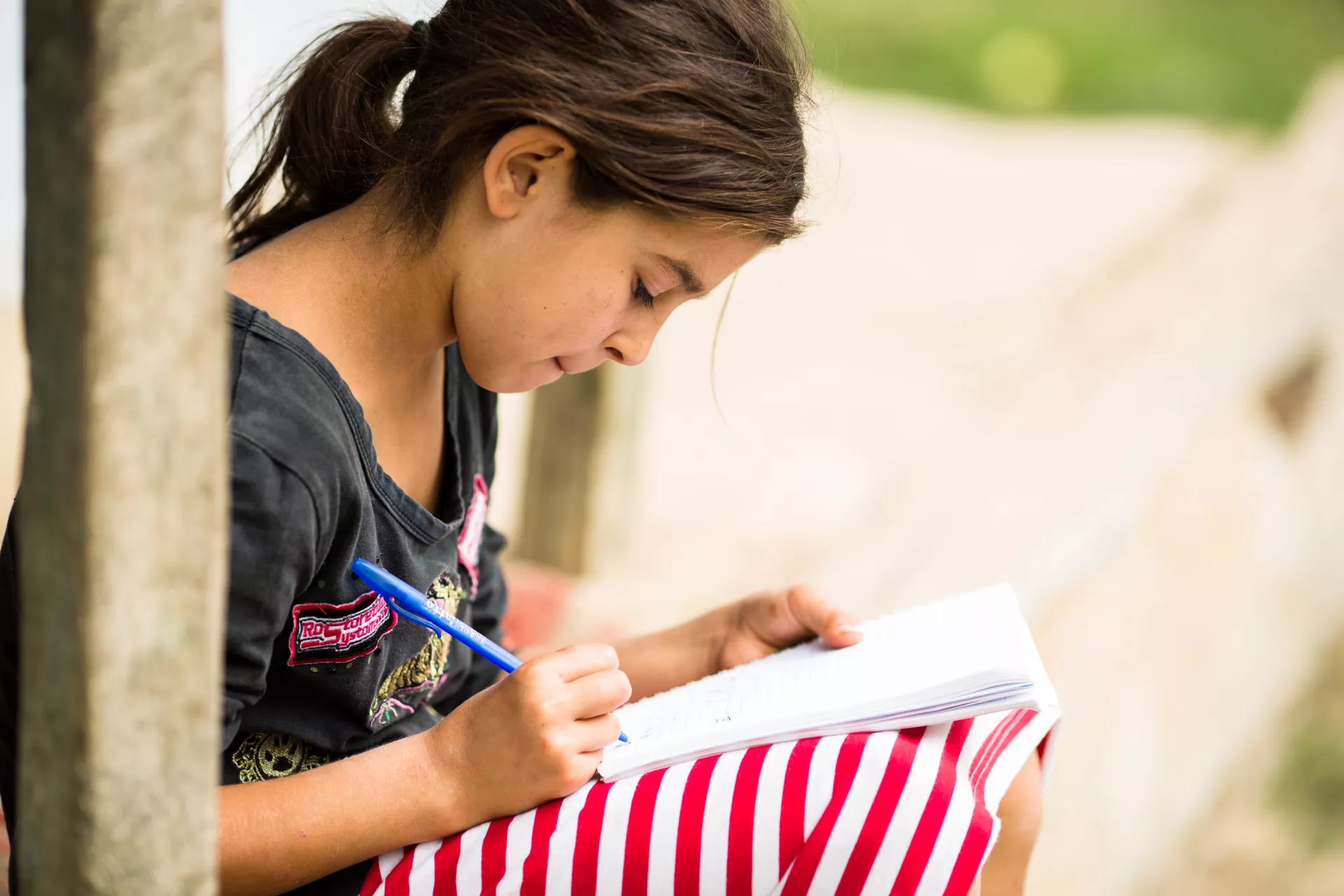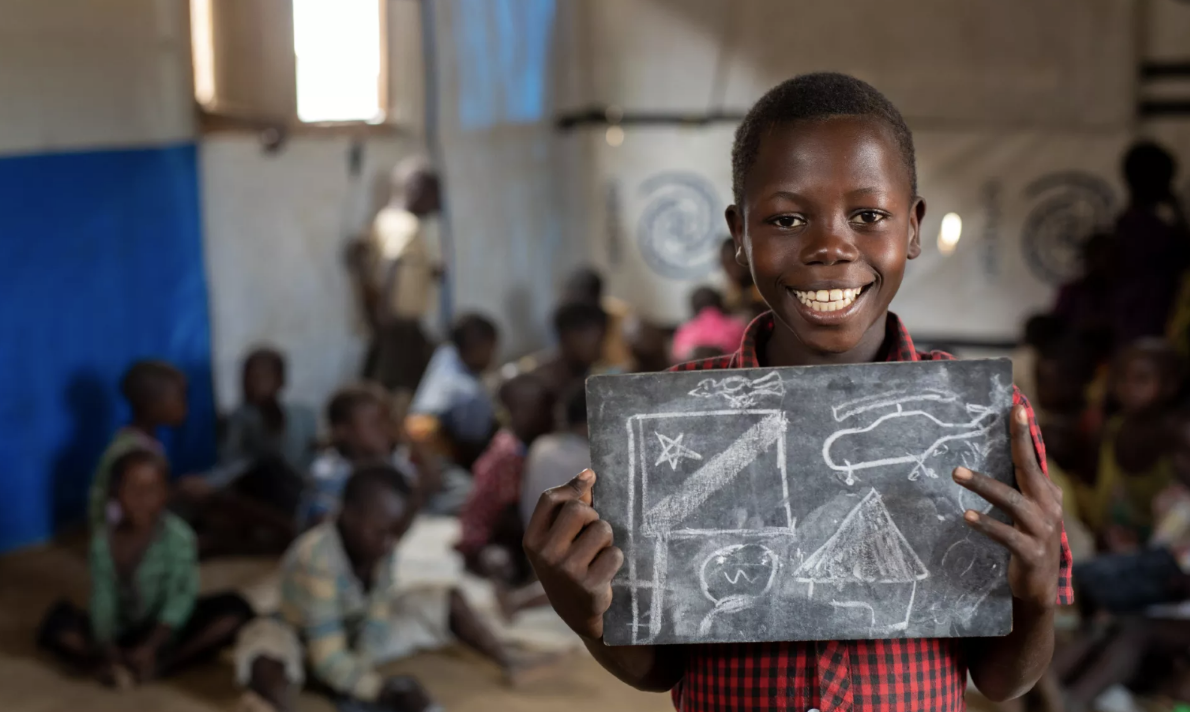The Hidden Crisis
The Invisible Crime
Child trafficking represents one of the most heinous violations of human rights, yet it remains largely invisible to the public eye. Every year, millions of children are bought, sold, and exploited for labor, sexual purposes, or other forms of modern slavery. UNICEF stands at the forefront of the global fight against this crime, working tirelessly to protect vulnerable children and bring perpetrators to justice.
The complexity of child trafficking lies not only in its clandestine nature but also in the sophisticated networks that facilitate it. Criminal organizations exploit poverty, conflict, and social inequality to prey on the most vulnerable children, often with devastating consequences that last a lifetime.
Recruitment Tactics
Traffickers exploit vulnerabilities through false promises of education, employment, or better living conditions. They often target children from impoverished families, those in foster care, or runaways.
Transportation Networks
Complex routes spanning multiple countries make detection difficult. Children are moved through established corridors, often using forged documents or exploiting legal loopholes.
Control Mechanisms
Physical violence, psychological manipulation, debt bondage, and threats against family members are used to maintain control over trafficked children.
Case Study: Operation Rescue
Network Identification
UNICEF partners with local authorities to identify trafficking networks operating across Southeast Asia, focusing on children forced into labor in fishing industries.
Multi-Agency Response
Coordinated efforts between UNICEF, Interpol, and national police forces result in simultaneous raids across three countries, disrupting the entire network.
Child Recovery
847 children rescued from forced labor conditions, with immediate medical care and psychological support provided by UNICEF emergency response teams.
Long-term Support
Comprehensive rehabilitation programs including education, family reunification, and trauma counseling help survivors rebuild their lives over 18 months.
I was promised a job in the city to help my family. Instead, I was trapped for three years, working 16 hours a day with no pay. UNICEF didn't just rescue me—they gave me back my childhood and my future.
— Maria, 16, trafficking survivor (name changed for protection)
UNICEF's Comprehensive Response
Prevention Programs
- Community awareness campaigns in high-risk areas
- Economic support for vulnerable families
- Education programs to keep children in school
- Birth registration to establish legal identity
Detection & Investigation
- Training law enforcement on identification techniques
- Establishing hotlines for reporting suspected cases
- Developing technology tools for tracking networks
- Cross-border intelligence sharing
Victim Support
- Immediate medical and psychological care
- Safe shelter and protection services
- Legal assistance and advocacy
- Family reunification when safe
Rehabilitation
- Trauma-informed therapy and counseling
- Educational catch-up programs
- Vocational training for older children
- Long-term monitoring and support
UNICEF's Impact Against Trafficking
Technology in the Fight
UNICEF leverages cutting-edge technology to combat trafficking networks. Artificial intelligence analyzes patterns in missing children reports, blockchain technology creates tamper-proof identity records, and satellite imagery monitors remote areas where trafficking operations might occur.
The organization's partnership with tech companies has resulted in sophisticated tools that can predict trafficking routes, identify potential victims through social media monitoring, and provide secure communication channels for survivors to report crimes safely.
The Road Ahead
Despite significant progress, the fight against child trafficking requires sustained global commitment. UNICEF continues to advocate for stronger international cooperation, improved legal frameworks, and increased funding for prevention and victim support programs.
The organization's 2025-2030 strategy focuses on addressing root causes of vulnerability, strengthening child protection systems, and ensuring that every rescued child receives the comprehensive support needed to rebuild their life with dignity and hope.



